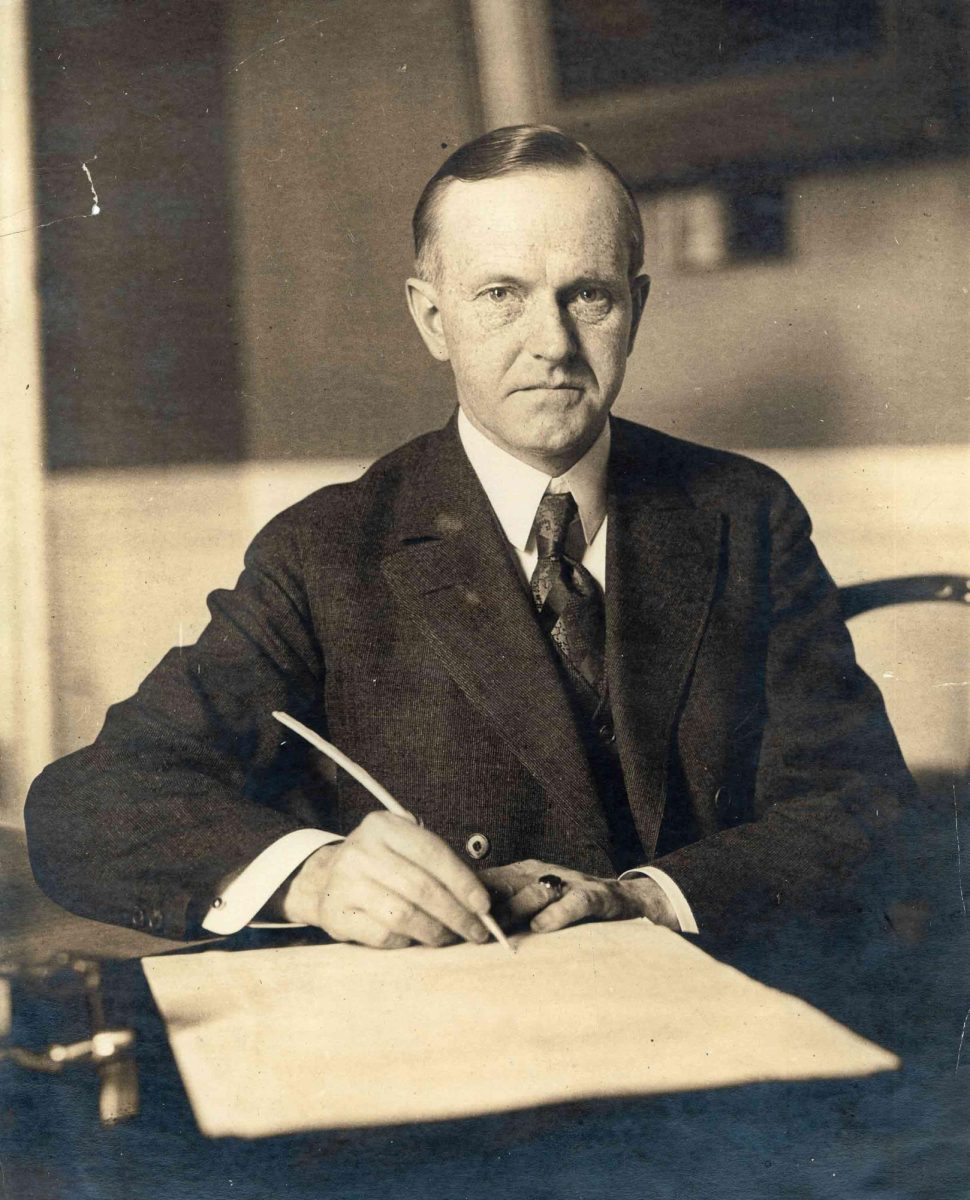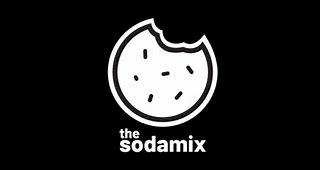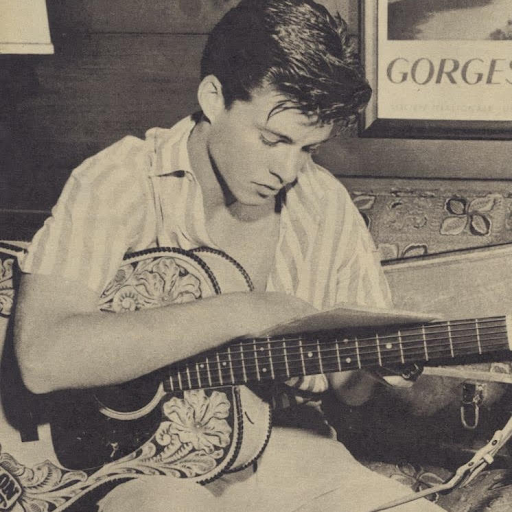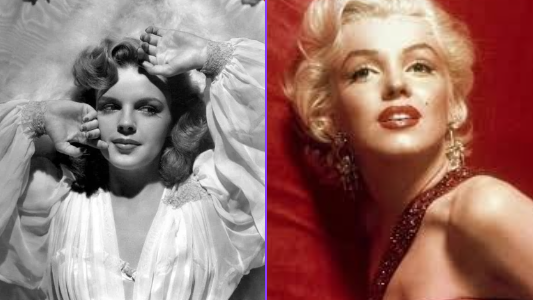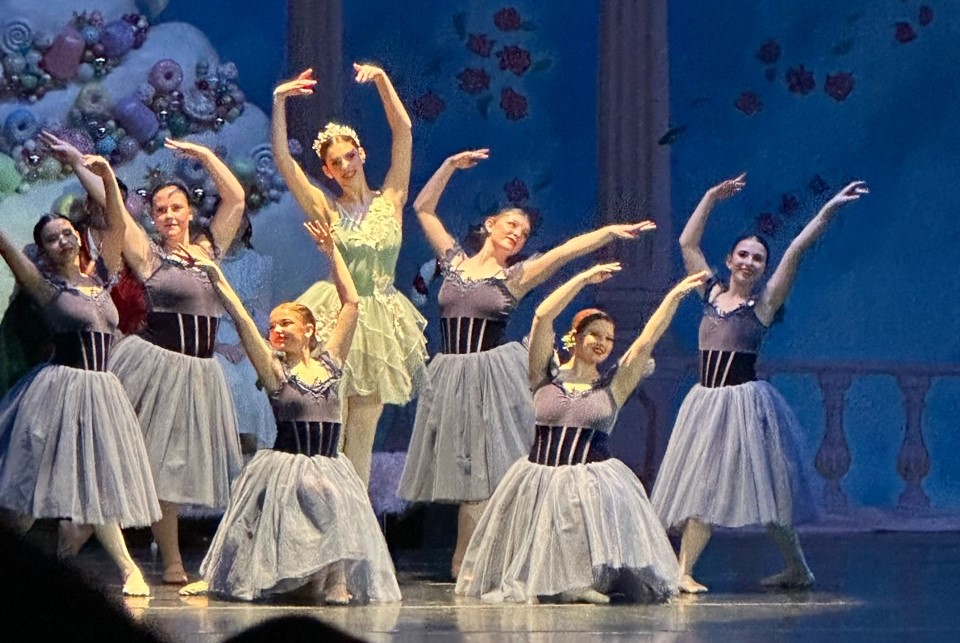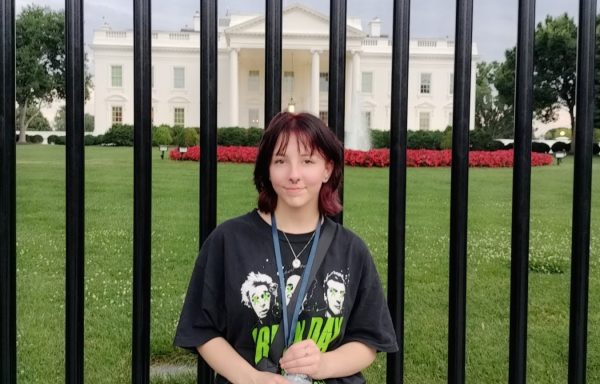2024 has gone down as one of the most important years in metal history. A Mortal Binding released their album My Dying Bride in April; Mastodon and Lamb of God released a collaborative single, “Floods of Triton.” In September of 2024, Gojira toured North America with Korn, and Opeth released their 14th studio album in November of 2024. On Friday, July 19th, 2024, Twin Falls, Idaho’s local metal artist Hazen May, known professionally as INCRYPTIDFORM, officially debuted his first song, “In Cryptid Form,” on all streaming platforms, contributing his one-man Gothic Doom Metal project to the mix as well.

The first single, “In Cryptid Form,” is a 6-minute instrumental that leads off with a slow, rhythmic guitar intro that blends into a more passionate melody, accompanied by synthesizers and an emphasized static, which escalates with the addition of drowned-out drums about two minutes in. At the song’s three-minute mark, all sound comes to a slow halt, with the sound of crickets in the background, and a haunting voice distortedly whispers, “Sometimes I turn my dreams into rage.” The voice is followed by a shrill screech of an electric guitar as it delves into an angry guitar and drum duet, stopping again at 3:50, leaning into the hollow sound of a grandfather clock. There is a moment of experimentation in the electronic music echoing in the background, which Hazen follows with a more anguished rendition of the guitar and drum duet he performed earlier. The single is mostly instrumental, with melody changes that capture your attention and reel you back in the same way songs with lyrics do. Hazen’s voice can be heard faintly but indistinguishable in the background at the beginning of the song and then again at the end, where he ends the song by asking, “Does that sound evil to you?”. Dark, heavy, and experimental, INCRYPTIDFORM’s lead-off single instrumentally explores raw emotion. It captures what it’s like to feel so many emotions in your head at once, giving us insight into Hazen’s passion for his music and a first-hand experience of the raw talent that can easily go unrecognized.

Hazen released his second single, “My Exile,” one month later, on August 19, 2024. “My Exile”’s album cover features a peaceful winter scene focused on several houses, the most predominant building emanating a warm golden glow from the windows and porch light. The trees stand bare in the snowy landscape, and a bridge stretches over a frozen canal and leads to the houses. The blueish-twilight sky painted over the scene suggests the picture was taken early in the morning and completes the atmosphere with a sense of solitude and reflection. The four-minute song starts with a commanding guitar intro, immediately establishing a lively atmosphere in the first guitar’s chords with a forceful backup guitar riff and drums keeping pace. The song is purely instrumental and has more of a pattern to the melody than the first single, taking moments in the music to focus solely on the guitar or drums for an elongated moment to listen and appreciate the specific chords being played.

On September 13th, 2024, Hazen released his third single, “Static In Tha Air,” another 4-minute song. The single begins with a single electric guitar, quickly followed by intense off-and-on drumming. The pattern pivots into a complex melody at about a minute and 30 seconds in, holding an acuteness that keeps you at the edge of your seat, waiting for the subsequent variation in the rhythm. An unknown electronic noise that begins at about three minutes honors the static mentioned in the song’s title, creating a delicate nature to the otherwise emotionally driven instrumental. The album cover is the silhouette of a fortress standing against what looks like a setting sun. The dark clouds in the sky blend with the bright sunlight and are illuminated even more by a colorful glare emanating from the sun. Bewitching and desolate, the image brings a tranquil feeling that perfectly matches the instrumental.

Later that month, on September 22nd, Hazen released “Tha Winds of Tha Void,” which, unlike his other singles, begins with what sounds like a rhythmic racing heartbeat, interrupted by the knocking of a game show wheel spinning, creating a satisfying rumbly feeling, like Pinocchio taking his first steps. A steady drumline immediately follows the rapid knocking, creating an ominous and ethereal quality. Then, it is added to the sound of wind and a sharper version of the previously repeated tune on the electric guitar that’s emphasized as the heartbeat effect begins to beat as loud as the drums, putting us into a metaphorical musical body. The sound is clean and cohesive, with the occasional whoosh of wind, and has a subliminal motivational feeling while maintaining an elegant fragility. The song feels like the melancholic walking down the cold hallways of your sleepy home early in the morning, corresponding to the album cover, which visualizes the somber feeling with an image of a two-story house nestled among the trees. All house windows are lit, emanating a warm yellow glow against the darkness of the suggested night. The foreground shows a dirt road surrounding the house, and the foliage creates a tunnel-like effect. Towards the end of the song, the sharp melody of the electric guitar re-emerges, this time slightly more complicated but playing alongside the established heartbeat for the remainder of the song. This single stands out as the calmest of Hazen’s songs released and feels much more emotionally vulnerable and less anger-driven than the others.

The fifth single, “Dreadful Autumn,” is the first song on his discography to feature full lyrics. Published on October 26, 2024, “Dreadful Autumn” is another four-minute song, and calmer, emphasizing the whispered lyrics, which are almost entirely drowned out by the sound of static. The album cover featured on the song corresponds with the serene atmosphere of the music, showing a landscape-style picture capturing the evening sky as it turns to auburn dusk. The gradient from orange to red to black fades over the sky. It emphasizes the contrast from the silhouetted image of buildings and utility poles, lit sporadically by individual lights from buildings. The soul-stirring presence of Hazen’s vocals brings about a calmness not yet explored by his other singles, followed by an impactful guitar-driven melody line, capturing the emotional grasp that can be heard in Hazen’s voice and further emphasized by the featured image Hazen chose. The lyrics to this song can be found on the artist’s Instagram, as they are not available on Spotify, YouTube, or other streaming platforms.

On December 6th, 2024, Hazen’s sixth single was released. At three minutes long, “Pandemonium Palace.” The single blends dark ambient and industrial music elements, using heavy synthesizers and a deep, full-bodied bassline for an eerie and immersive atmosphere. The clamorous union mirrors the title of the song, “Pandemonium.” The word was coined by John Milton in his epic poem “Paradise Lost” and used to describe the capital of Hell as a chaotic containment of the council chamber of evil spirits. The poem touches on the biblical story of the fall of man. It evokes a sense of desire and determination in its readership that I believe Hazen was intentionally connecting to this song. The album cover of “Pandemonium Palace” also closely resembles Milton’s story, picturing a calm River curving around towering, dramatic, and rugged canyon walls. The image is blurred in hazy red and brown hues. The shaded ripples on the water suggest a light directly above. The sky bears a pinkish-orange tint with a dystopian sunset or sunrise in the background, painting a similar scene to Milton’s capital of Hell. Hazen builds tension in his song with layered soundscapes, rhythmic beats, and the singled-out melody of his guitar, which creates a noisy disorder that also nods toward the song’s title. A minute and 35 seconds in, the song transitions to a solo guitar playing a captivating and expressive melody with dynamic shifts in its intensity, featuring a death knell chiming on the beat in the background, evoking a sense of otherworldly dread and mystery. The complexity of the solo guitar rises to be ornate, making for a well-rounded showcase of Hazen’s skills on the guitar. After sitting with the solo for a moment, Hazen joins in with his drums, matching the speed of the guitar, and works with Hazen’s added guitar playing for the remainder of the song. Overall, “Pandemonium Palace” is a compelling piece that captures the essence of its title through its evocative and climactic sound.

The seventh single, “Cursed With Diabolical Hunger,” was released on November 23, 2024, at eight minutes long. This song begins with a remixed melody straying from the melancholic calm heard in other songs and branching out into a subtle intensity. This feeling is carried through a moment of suffocation before breaking out into a guitar melody accompanied by drums. Alongside the drums, Hazen joins in with a guitar for a moment of soulful playing that meets you for an enchanting few moments as the melody plays before switching again into a more intense and fast-paced guitar solo that rises smoothly into a crescendo, where the artist’s emotions can be felt through the speakers. The moody gusto holds the atmosphere of the single and is apparent in all song phases. Hazen features his voice again in this song, taking a moment to speak before pivoting into a crashing rhythm with an emphasized, forceful guitar riff that almost sounds like a voice barking “no”. The unique riff repeats a few times as it rises in energy and then transitions into a heavier guitar pattern that follows for another few moments, joined by ethereal trills, before loosely breaking into the song’s final phase, a phenomenal melody played by guitar that finishes the song. The album cover for this song looks like a colorized version of an image from a Rorschach Inkblot test, but with a closer look, it looks like a face or mask formed by the mirrored visual of two opposing snakeheads, mouths open to eat themselves. The snakes are surrounded by a predominantly baby blue background with brown scale-like features surrounding the corners. The single’s album cover is a clever and creative reflection of the song’s title, which isn’t often seen in modern-day music.

The eighth and most recently released song, “Silent Chasms Ov Twisted Obsidian,” was released on December 17th, 2024. This song is his longest, at precisely twelve minutes long. The song begins with a panoramic, whiney, elaborate electric guitar solo, quickly followed by heavy drums. The deep, resonant tones and eerie atmospheric textures create a sense of vast, empty spaces that again reflect the single’s album cover, a picture taken inside a waterless cenote. Residue algae, aged orange, and vibrant green ivy can be seen growing among the rocks covering the ground. Hazen can be seen in the distance, dwarfed by the immense surroundings and standing facing away from the camera in the rubble. The opening to this song is similar to multiple Gojira openings, one of Hazen’s inspirations, matching the band’s violently elaborate calling card. Hazen uses reverb and delay effects to enhance the feeling of being in cavernous surroundings; he incorporates subtle distorted sounds and ghostly wisps, adding to the unsettling sense of isolation that the mixture of these effects leave. The composition is slow and involves gradually building and shifting layers of sound. Hazen experiments much more in this song than in any other, changing the melody and pacing every few minutes. The unpredictability leaves little time for processing, making it a diverse and engaging song. This song has a sense of freedom that is not seen in his others, which is granted by the increased experimentation.
Hazen was an incredibly talented artist, having given us eight prodigious singles, with every track being diverse and engaging. The creative process behind each track is apparent, and the experimentality featured in all eight singles, with subtle easter eggs and connections, shows an admirable passion for his work. Hazen May’s work is a mosaic reflection of all the music he held close to his heart, taking inspiration from his favorite bands and works of art and making them his own. According to Hazen’s father, Jed May, Hazen had written over 200 songs, more of which will be published soon on Spotify.
You can view INCRYPTIDFORM here:

